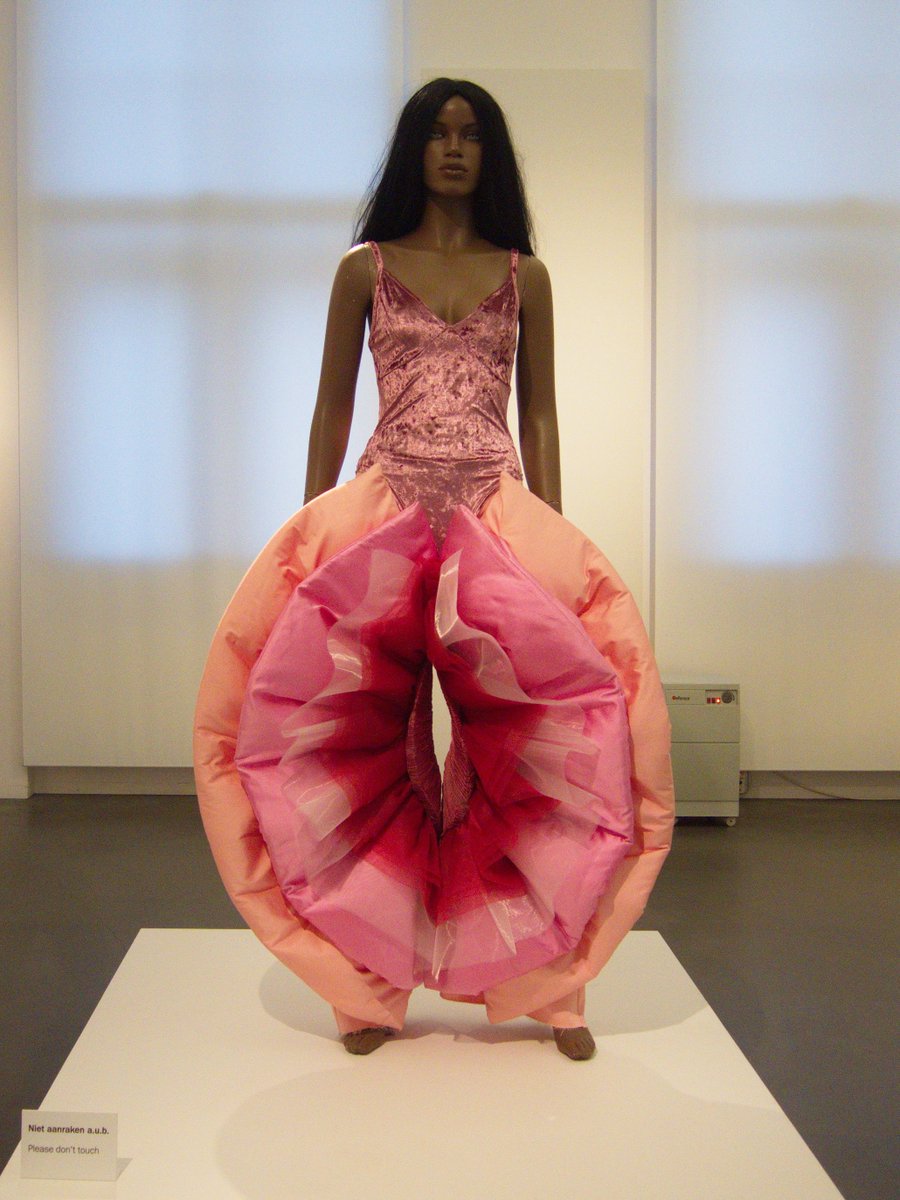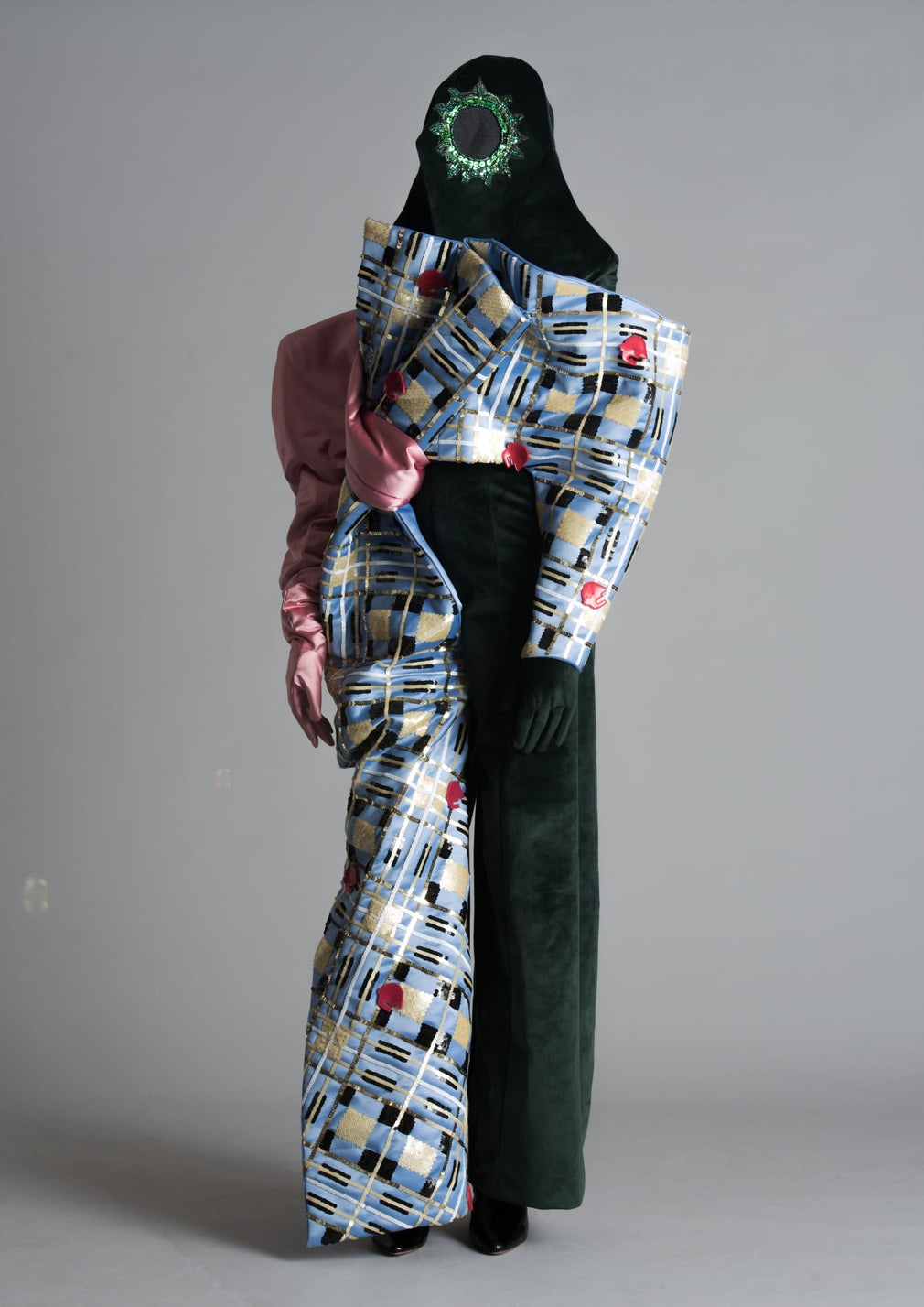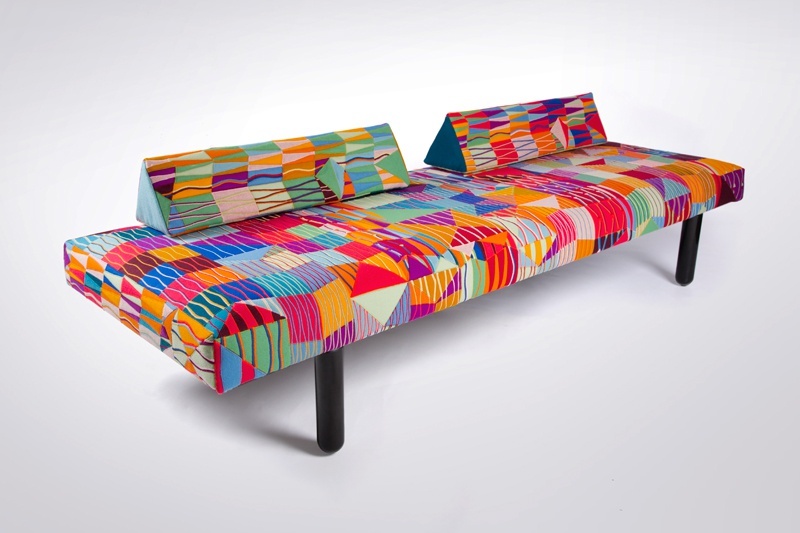
Flora&faunavision
Magenta Moon Garden
Designed to spark conversation around sustainability, tech and media skills in a playful and intuitive way, this interactive, walkthrough video installation comprises three distinct visual environments (Sunrise Garden, Moon Garden, Magenta Moon) enriched with intuitive, interactive real-time elements. The stunning environment and experience is flanked by online contents and events that tackle topics from hate speech to climate change, flanked by a wide spectrum of online contents, talks and on-site workshops.







